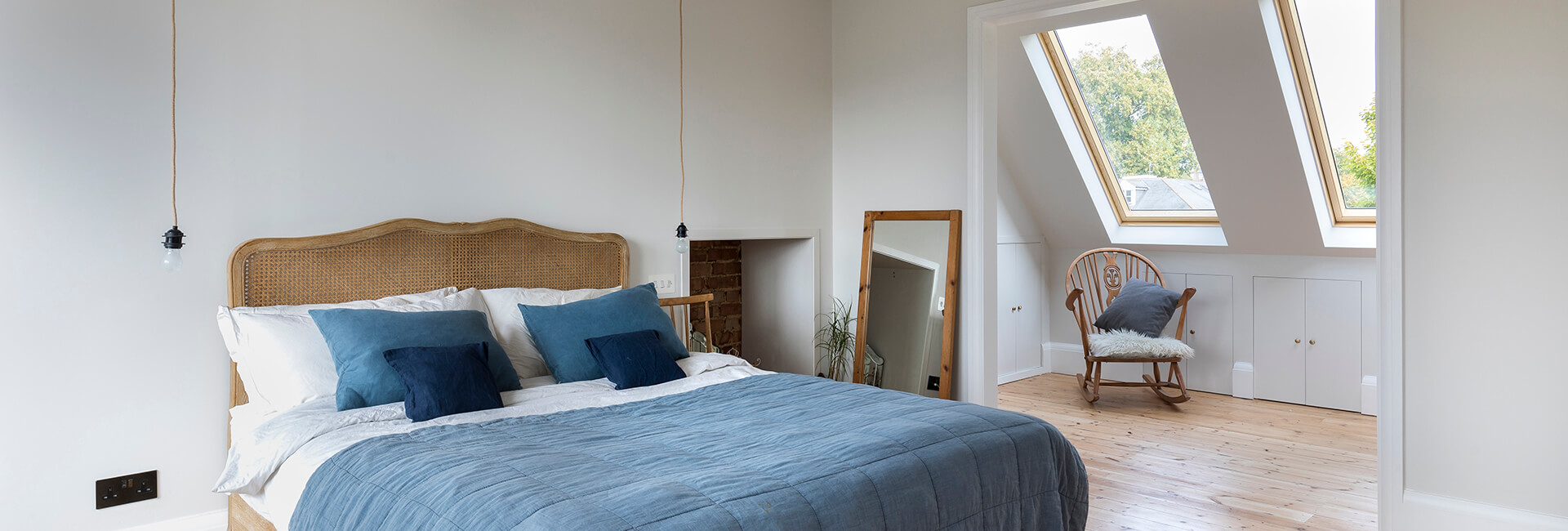
Table of Contents
How an Attic Dehumidifier Can Prevent Mould
The level of humidity in your home can have a significant impact on your health and comfort. This is mainly because most agents of disease, as well as allergies, thrive in areas where the level of moisture in the air is high. Think of mould, mildew and even pests; all these are nuisances that often lead to minor and major health issues accompanied by symptoms like coughing, sneezing, eye irritation, skin dryness, and chest congestion.
Humid air is also a common cause of bad odours in indoor settings, which in turn affects your home’s comfort, especially when combined with the hot, sticky, and musty feeling that comes from an attic with high humidity. But did you know that simply installing a dehumidifier in your attic could solve all these threats to your health and comfort? Due to the structural nature of crawlspaces, they are the most prone areas for the growth of mould, mildew, viruses, bacteria, and pests. This is caused by an improper balance between temperature and air circulation in the attic, which often leads to an increase in air moisture or humidity. Here are some pointers on how an attic dehumidifier can prevent mould and improve your health.

Moisture Control
There are many reasons to install a dehumidifier in your crawlspace and humidity control is one of them. The recommended relative humidity in indoor settings is between 30 and 50 percent and anything above 60 percent could trigger or worsen mould growth and reproduction. In other words, mould and mildew thrive better in areas where the moisture content in the air is above these levels. When the levels of attic humidity are high, a dehumidifier comes in handy to provide moisture control and reduce humidity in the air. But how exactly is excess moisture built in the attic?
- Your attic may have none or limited ventilation that helps allow moisture to escape.
- Storage of wood that is not dry in the attic.
- Leakage of water through the roof system.

- Discover the cost of loft conversion.
- Need more info on dormers? This guide on dormer loft conversion will help you.
The attic dehumidifier sucks all the excess humid air that forms water when it gets to the dehumidifier. When it can no longer absorb any more moisture, it has to be emptied often, but this will also depend on the size of the dehumidifier.
Air moisture levels can vary from one geographic region to another. For this reason, the ideal indoor humidity levels will depend on the current season in that specific geographic area. In the UK, for instance, the ideal winter humidity level is about 40-45 percent, whereas in summer, it’s approximately 50-55 percent. If you manage to get hold of a professional review that provides a list of the best dehumidifiers in the UK, you will know that these units come in a wide variety of options that you can choose based not only on your geographical area, but also on your budget, the size of your attic, and your actual preferences. While a dehumidifier won’t necessarily eradicate mould that already exists on your property, it will go a long way in preventing its regrowth after treatment, and this is essentially through moisture control.
Air Circulation

Have you ever entered a home, only to be greeted by a smell that you can’t even explain, and all you know is that you don’t want to be there anymore? If this happens in your home when you bring guests over, it’s not only embarrassing, but it will also be uncomfortable for you and your visitors. As a matter of fact, it could also be a health hazard, since most foul odours are associated with toxins, pollutants, and other substances that could be harmful to your health. They are also largely linked to poor airflow in concealed areas such as crawlspaces, which means that improving air circulation in the attic could solve your indoor air quality problems.
However, your regular air conditioner may not improve air circulation here and still manage to keep you comfortable during the tougher seasons. An attic dehumidifier can do a better job since it gets rid of the excess water moisture that affects free airflow in your crawlspace. In other words, improved airflow can help inhibit mould, mildew, dust mites, and other threats to your health in the attic. And if you guessed right, there’s no better way to achieve this than through an attic dehumidifier.
- Here is how to replace a roof so you can DIY to fix that roof leak.
- Stuck on ideas? These bedroom ideas for a loft space will help you.
- Loft room too hot? Learn how to keep an attic room cool and fresh.

High humidity in the attic is a common threat, leading to increased mould growth and unhealthiness in our homes; and this is becoming a matter of great concern. While mould treatment services are always available, it is always advisable to install a dehumidifier in your attic to prevent the dire financial, aesthetic, and health repercussions that could arise from poor air circulation and high humidity.
Clara Annesley
Clara Annesley is an interior design and construction content writer. She holds a BSc (Hons) in Architectural Design Technology from the University of West London. Clara specialises in residential construction for topics like health & safety, architectural design and writing cost guides for renovation and remodelling projects.